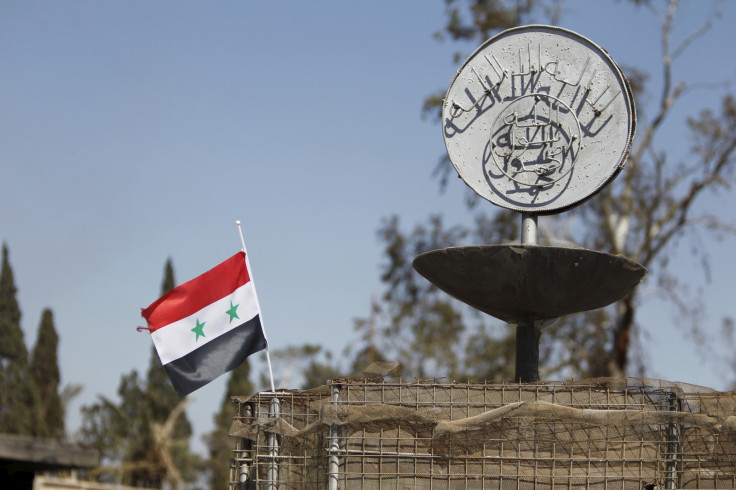After retaking control of Palmyra, Islamic State targets Tiyas airbase
The airbase is 100km (62 miles) away from the Syrian-government controlled city of Homs.

After the recent recapturing of the ancient city of Palmyra, Islamic State (Isis) militants are reportedly moving west, targeting the Tiyas airbase T4, located approximately 100km (62 miles) from Homs and 60km (37 miles) from Palmyra.
By the evening of 12 December, Isis channels were claiming the destruction of three warplanes and of a fighter jet belonging to the Syrian airforce, but IBTimes UK could not independently verify the claims. Russian forces have also reportedly been using the base since 2015.
Syrian government forces aided by Russia retook Palmyra from Isis control in March 2016, but as the regime's focus moved to taking eastern Aleppo from the control of the rebels, defence around the city weakened and Isis militants seized the opportunity, beginning their advance towards the city on 8 December.
Russian forces launched 64 strikes against Islamist fighters and at first the bombing seemed to be successful in provoking a retreat but, as reinforcements from northern Syria came to aid the Isis (Daesh) fighters, they regrouped and attacked from multiple sides, eventually managing seizing back control of the city on 11 December.
This marked the most significant victory for the militants in recent months. Over the course of 2016, Isis has suffered a string of defeats in Syria, Iraq, and Libya, losing control of several towns and cities it had captured in the past two years.
According to the the UK-based Syrian Observatory for Human Rights, the battle in Palmyra left Isis militants with a renewed arsenal including 30 Russian tanks, large quantities of surface-to-surface Grad missiles, ammunition and tanks shells.
According to Mohammed Hassan al-Homsi, who runs the Palmyra News Network, the Islamist group is steering away from northern Syria, where Turkey and the anti-Isis international coalition have focused their fight, eyeing new territory. Palmyra's desert terrain linked to Iraq and its surrounding oil and gas fields makes it a strategically-valuable position for Isis, al-Homsi said, as reported by the Associated Press.
© Copyright IBTimes 2025. All rights reserved.






















